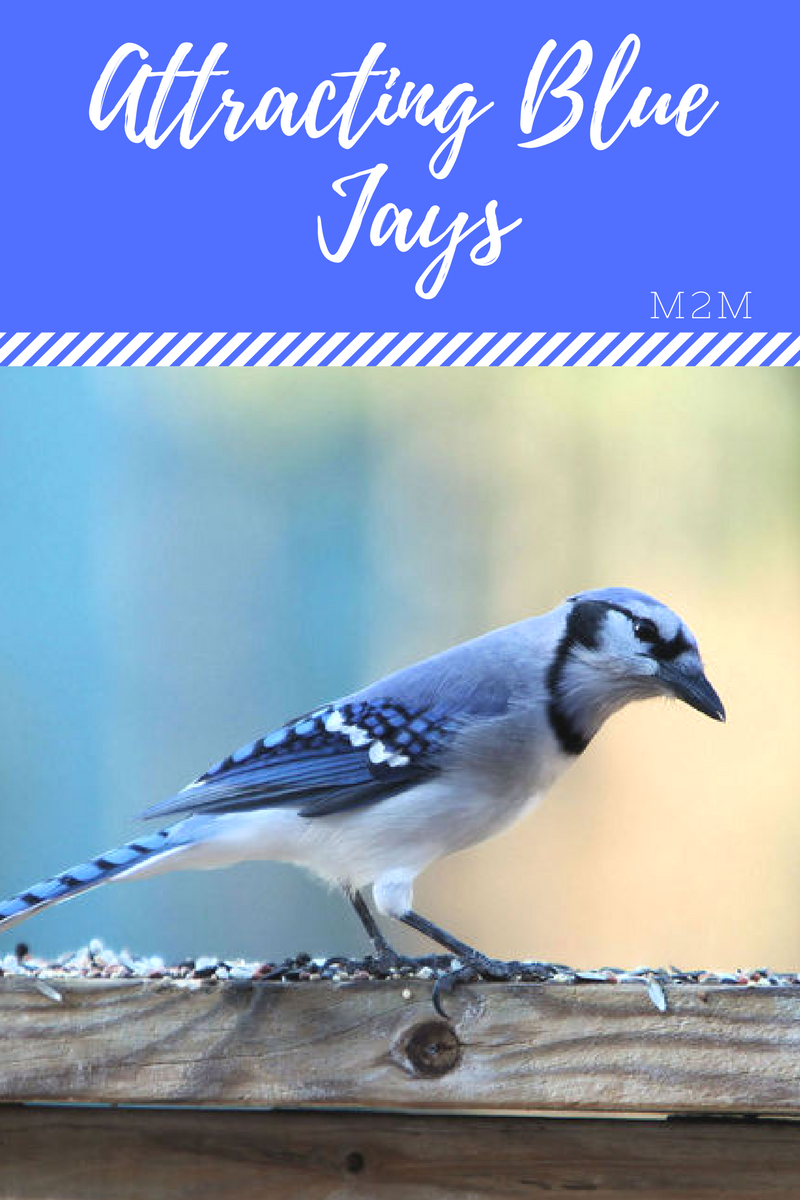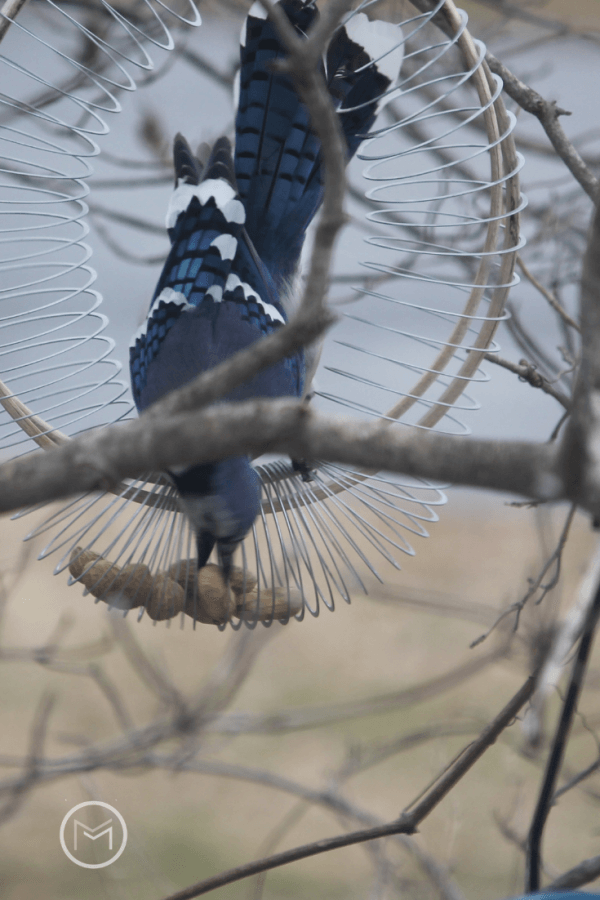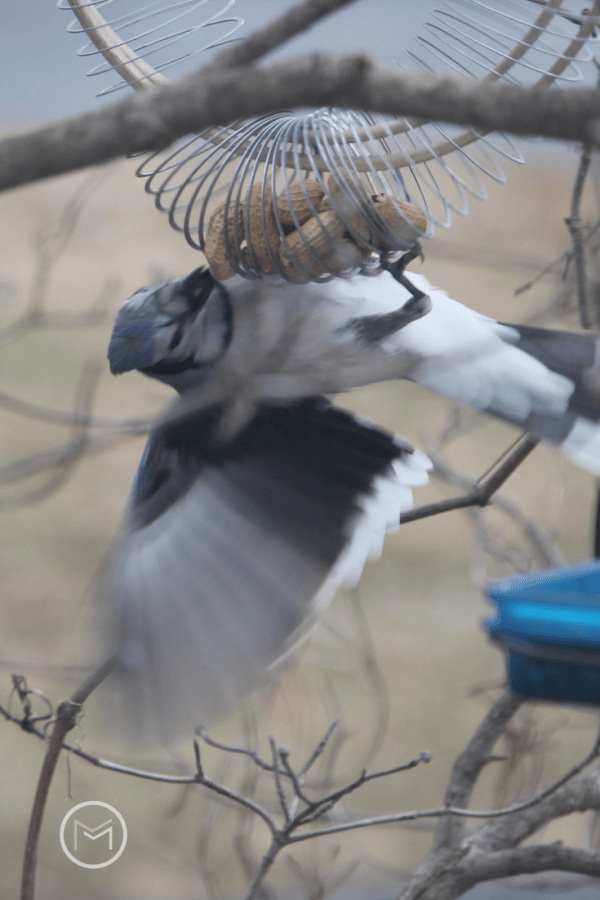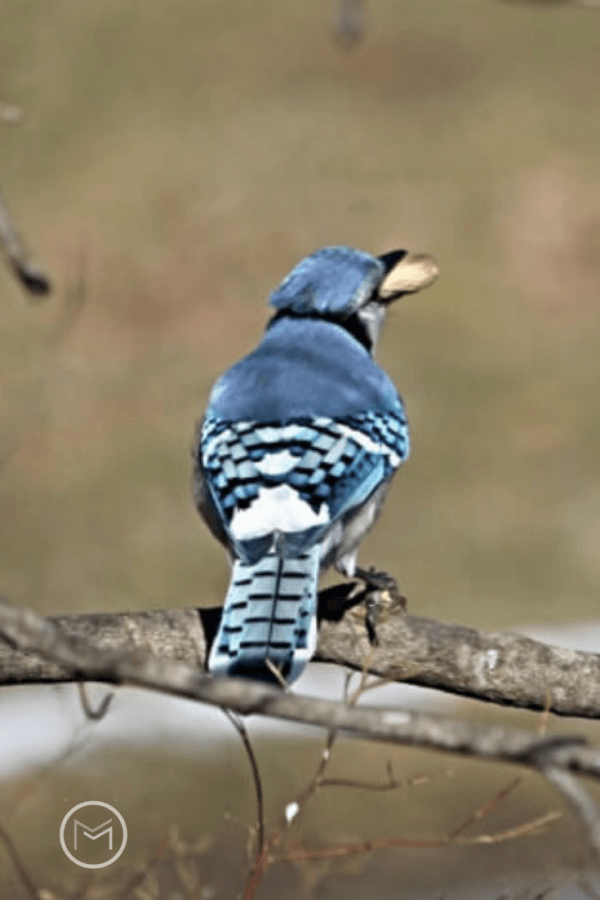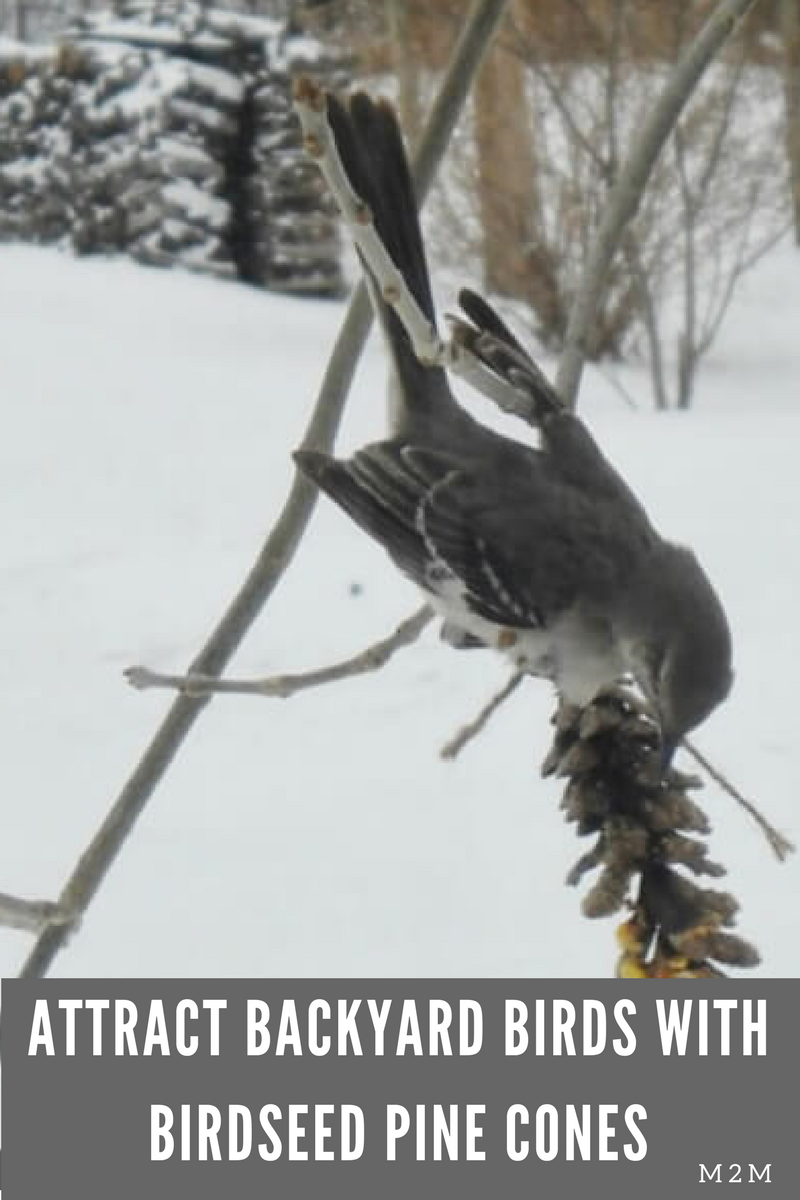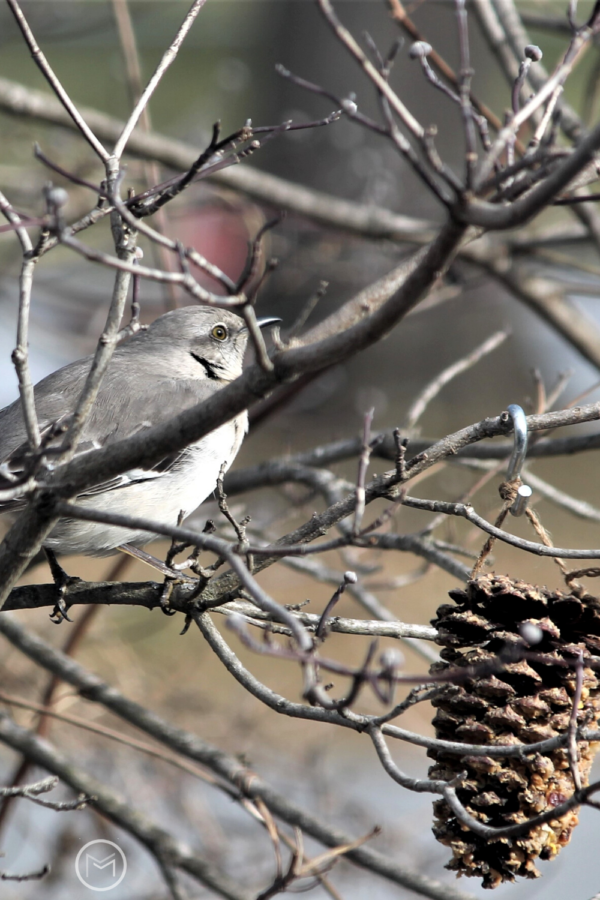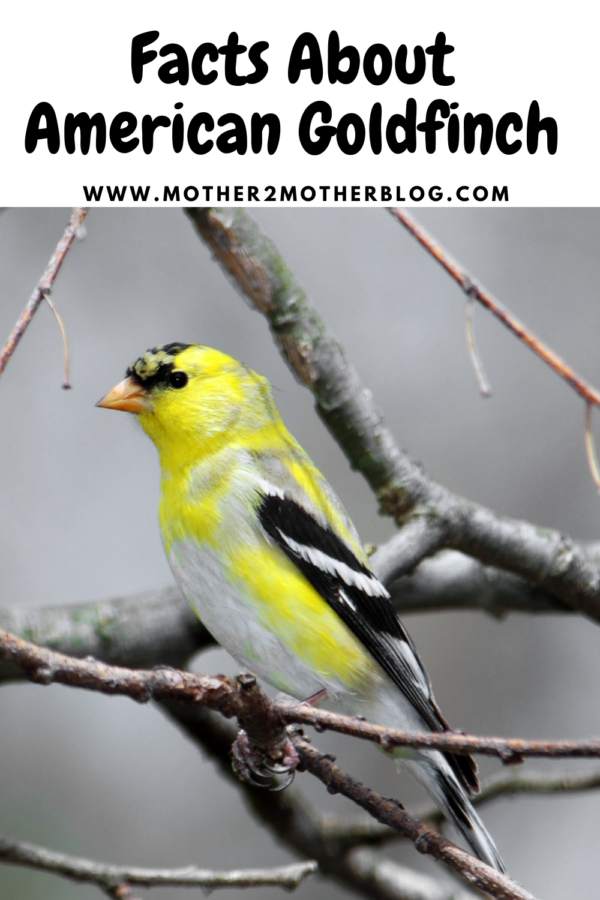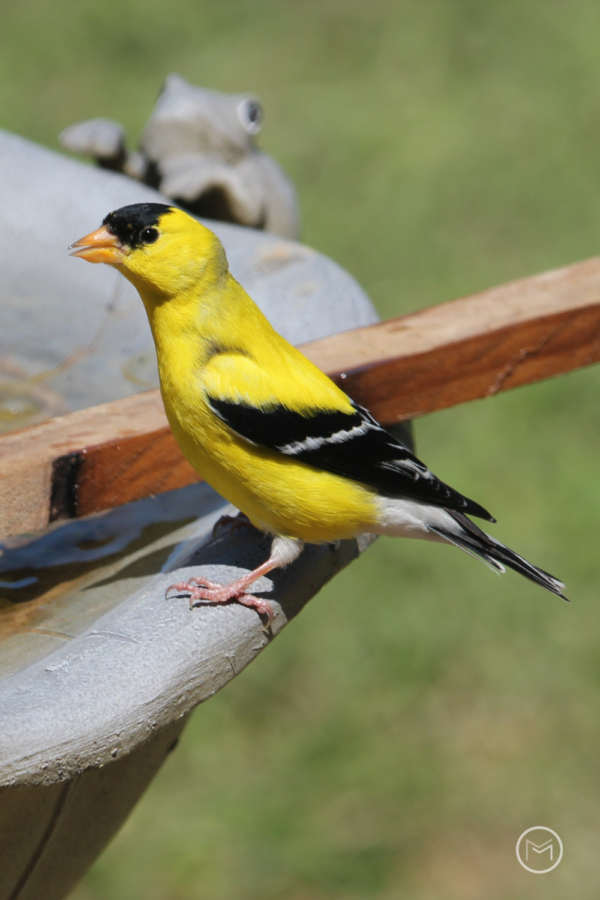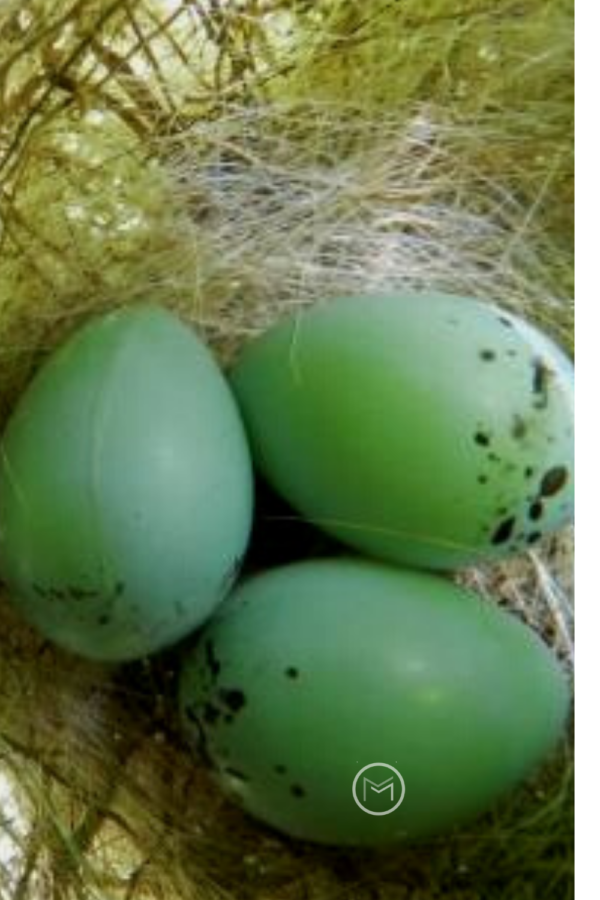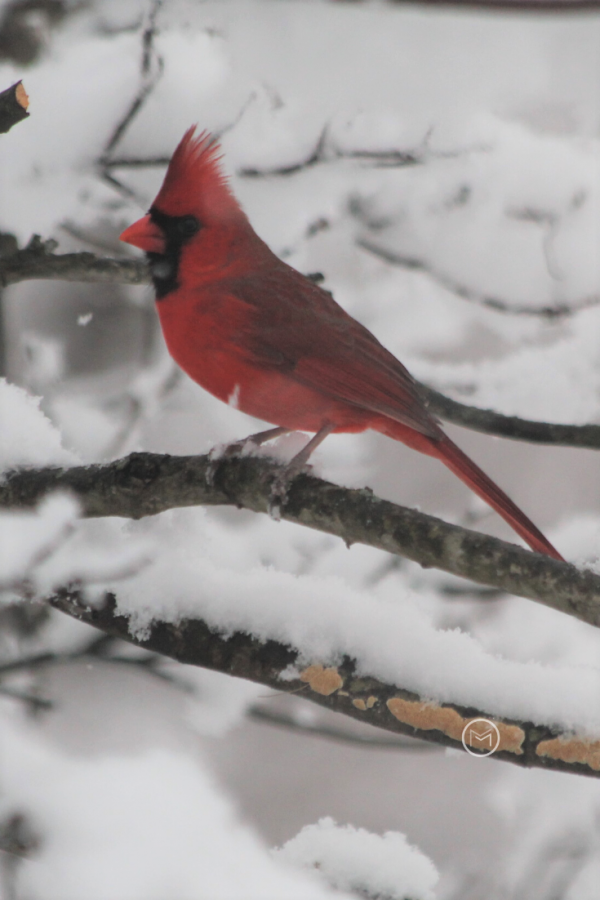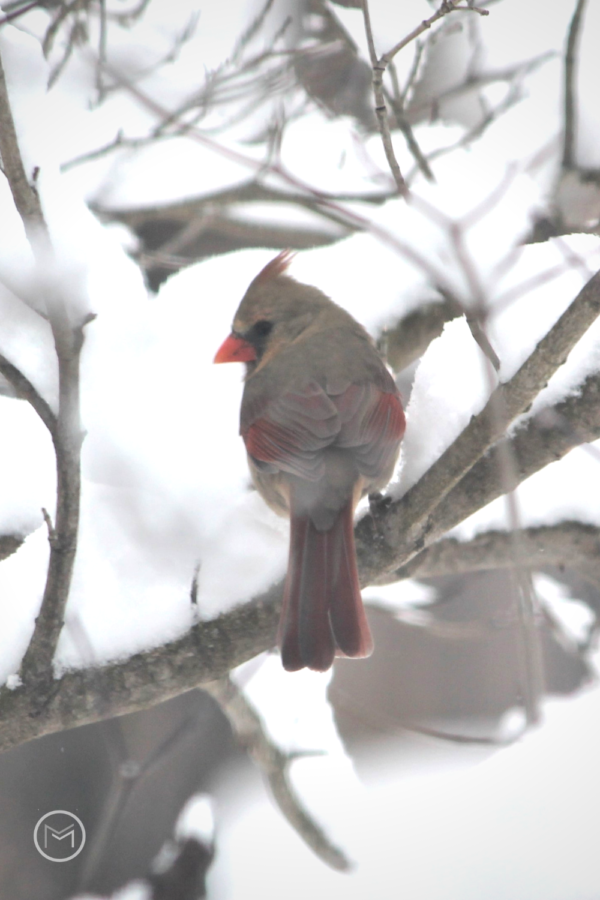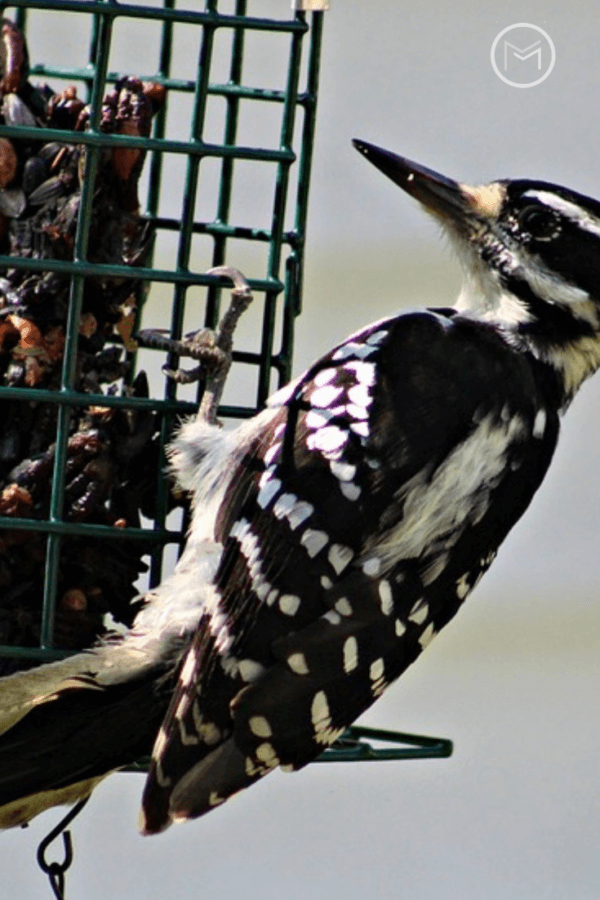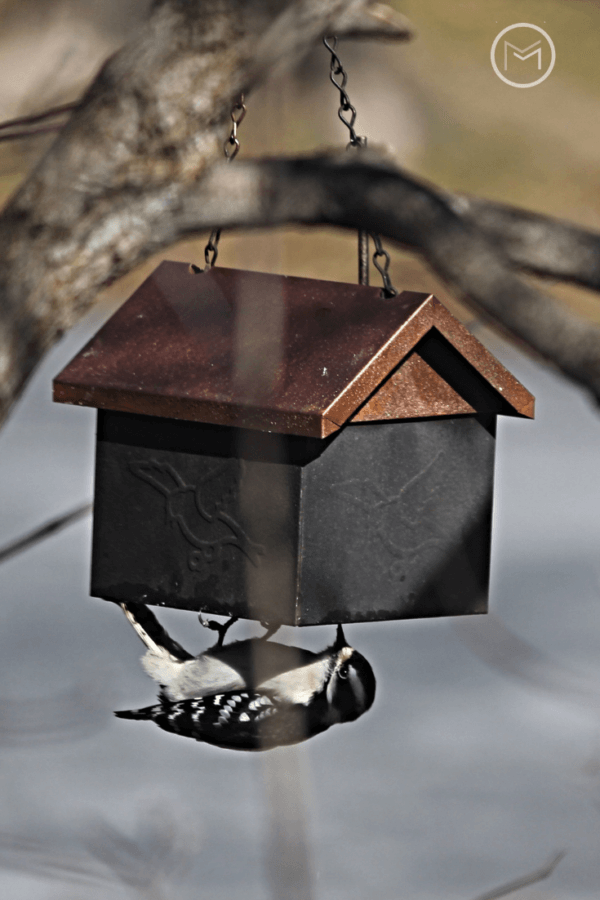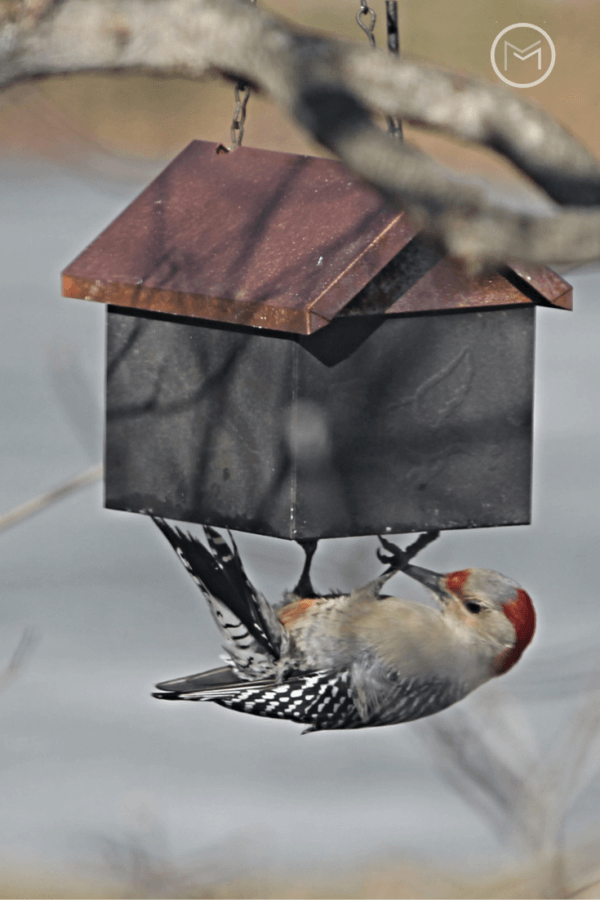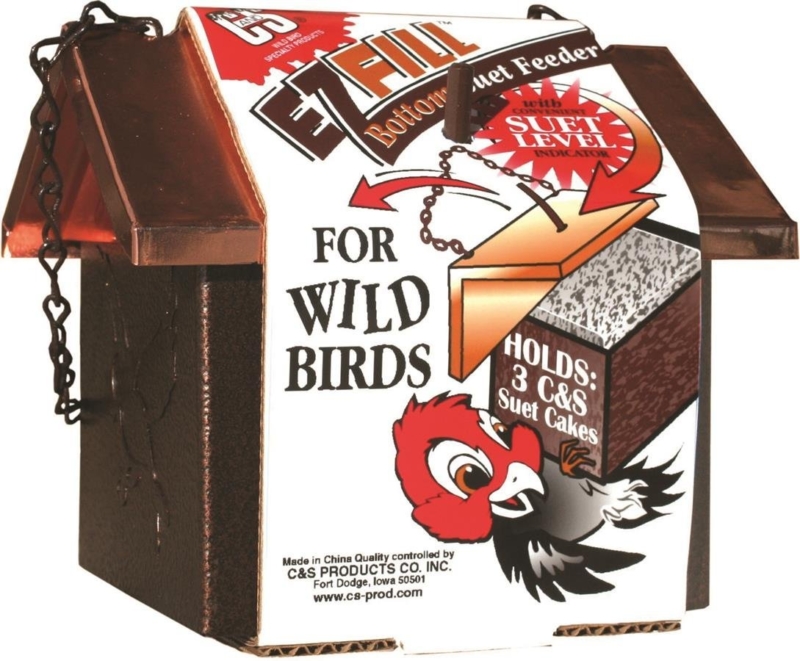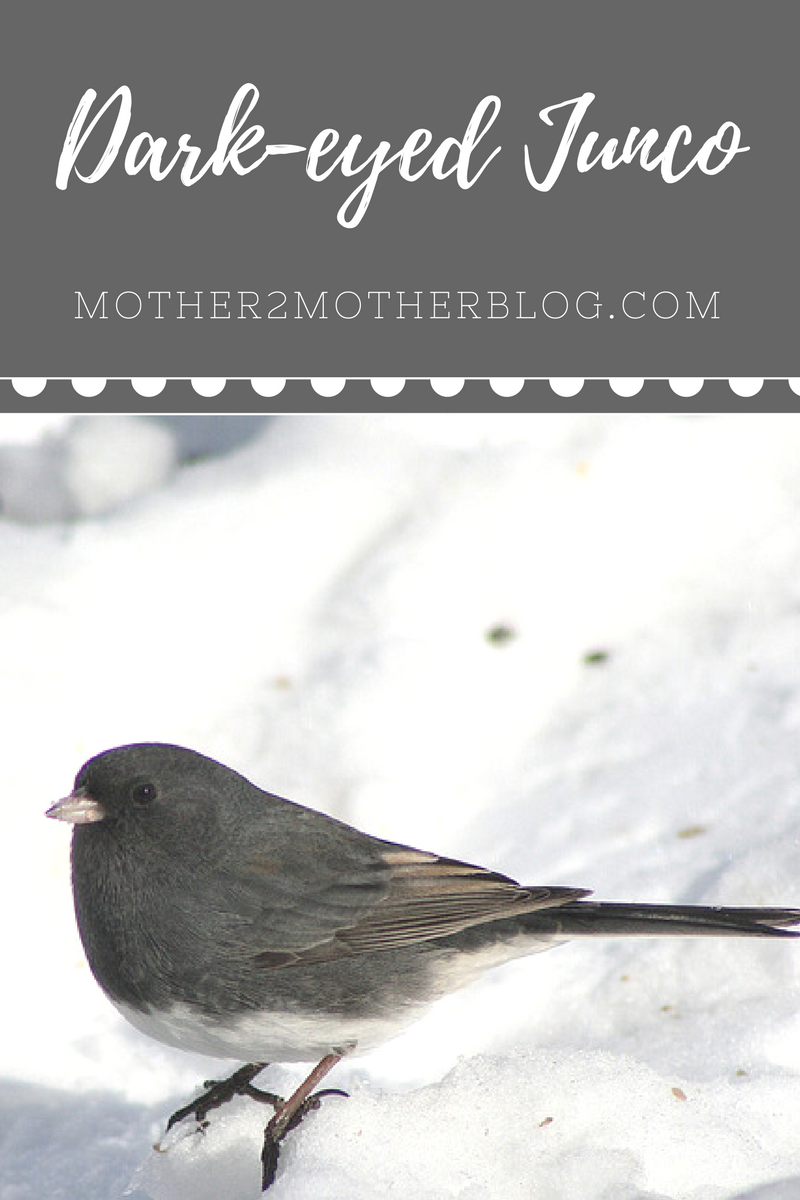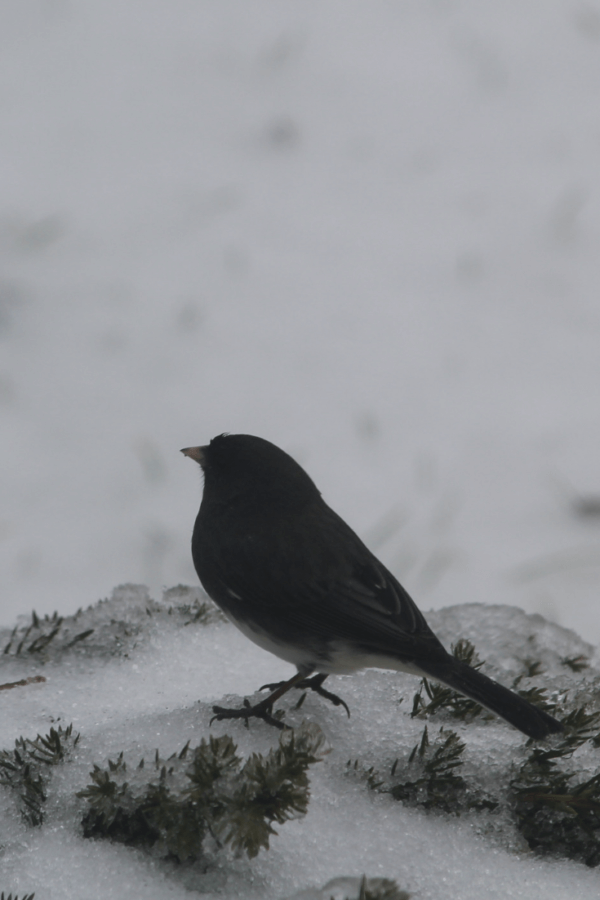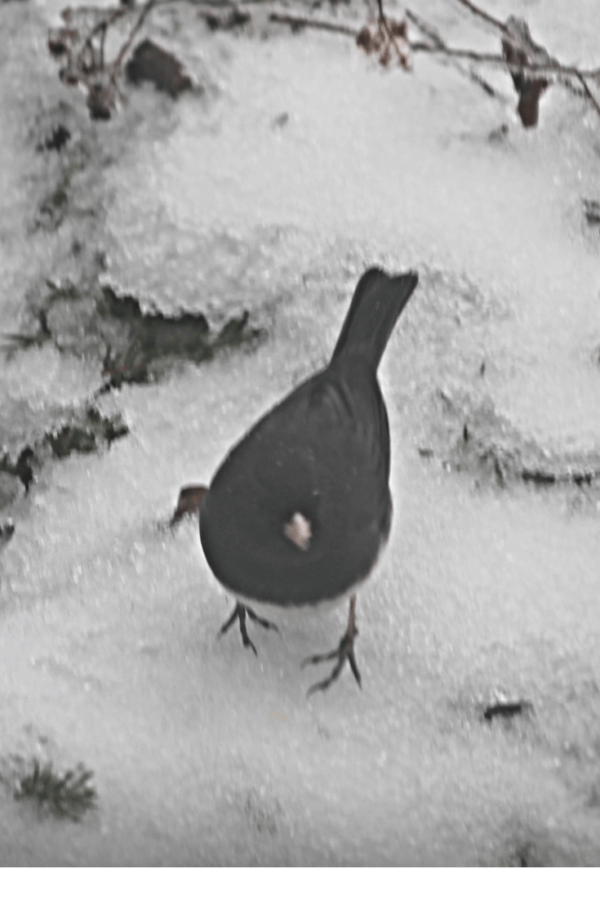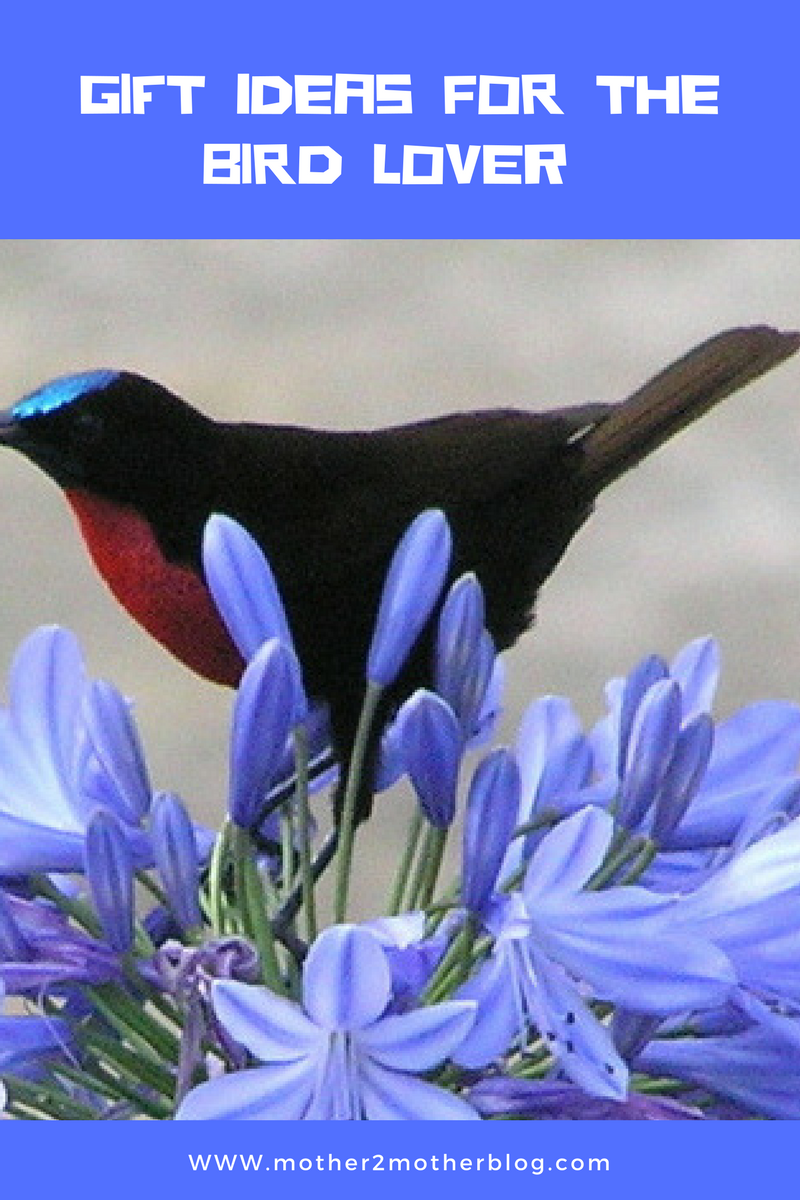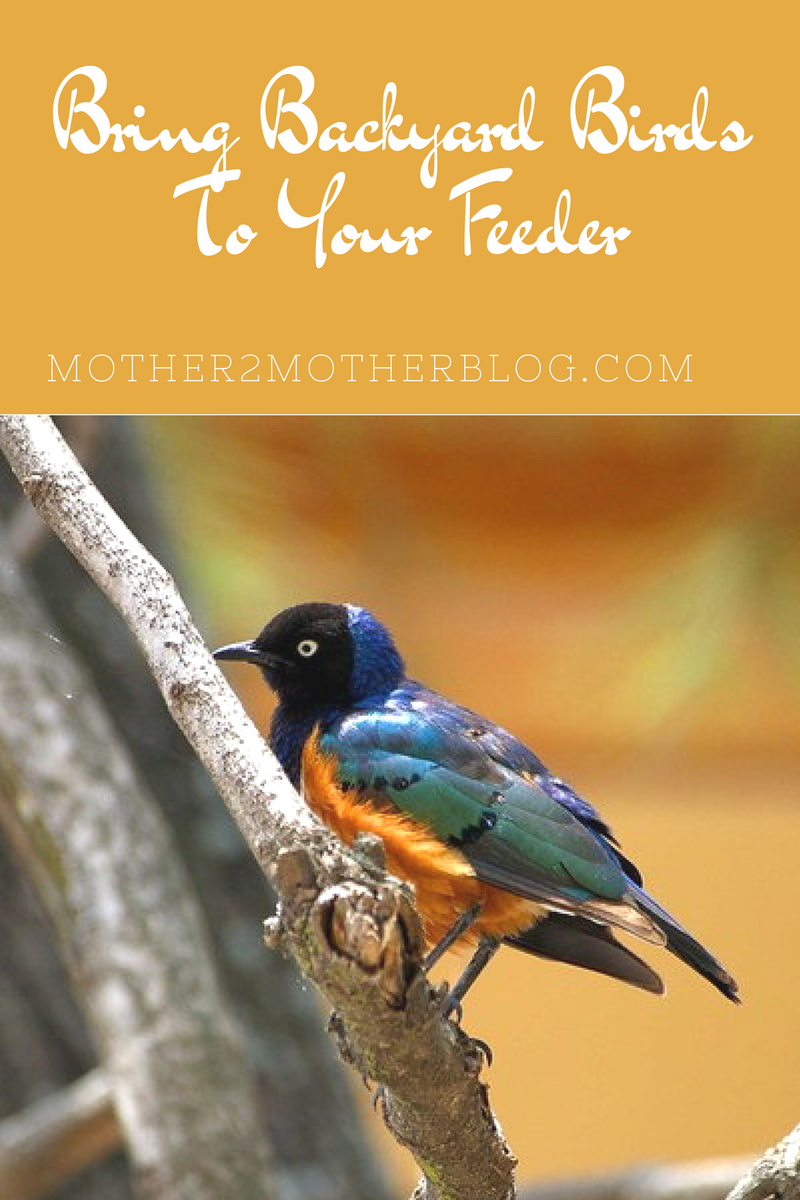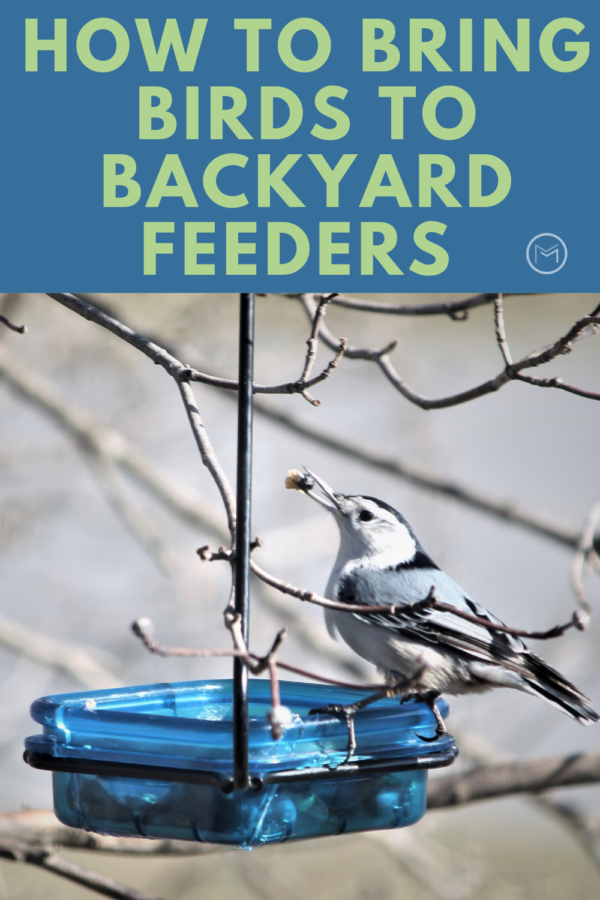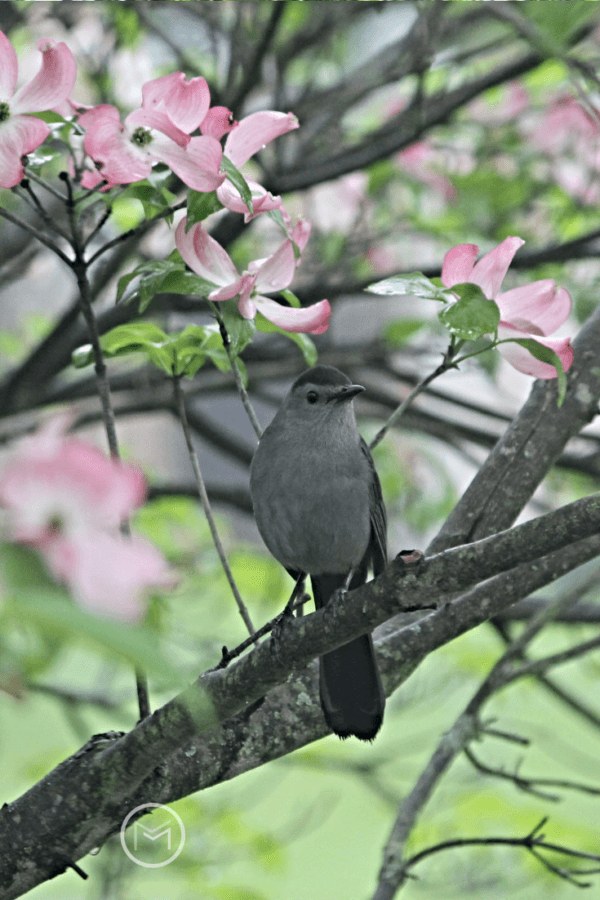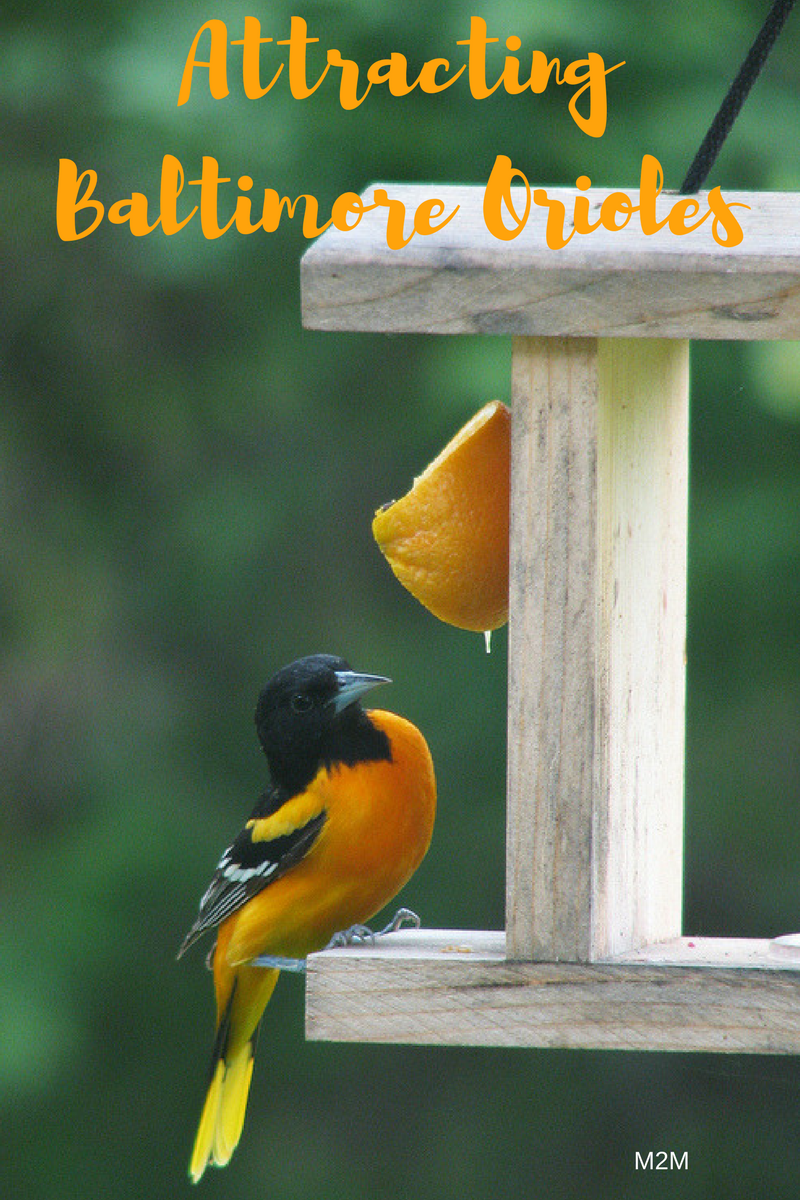
Attracting Baltimore Orioles should start in early spring if you live in the north. April and May is the best time to start offering oranges and grape jelly in several places. Since, I love home made items, so I decided to make a homemade feeder. Oriole feeders are expensive, so making a few homemade feeders keeps the cost down. I decided to make a simple one out of a metal hanger. My thinking, if I’m unsuccessful I’m only out a hanger and an orange. To make this feeder you will need the following items.
- wire hanger
- 1 orange
- yellow or orange ribbon
- *grape jelly (optional)
1. Bend your hanger until it looks like S.
2. Next, cut the end with a pair of wire cutters, and spread the 2 pieces apart.
3. You want to leave the hook, you will use it to hang the feeder.
4. Now, cut the orange into slices. Cut a wedge out of each slice. You will use this piece as a spacer.
5. Alternate an orange slice and than a spacer.
6. You can smear grape jelly on the orange slices too.
7. Spread them apart as much as you can, so the bird can perch and enjoy the treat.
8. Try a few slice on the feeder to start. You don’t want to waste the slices.
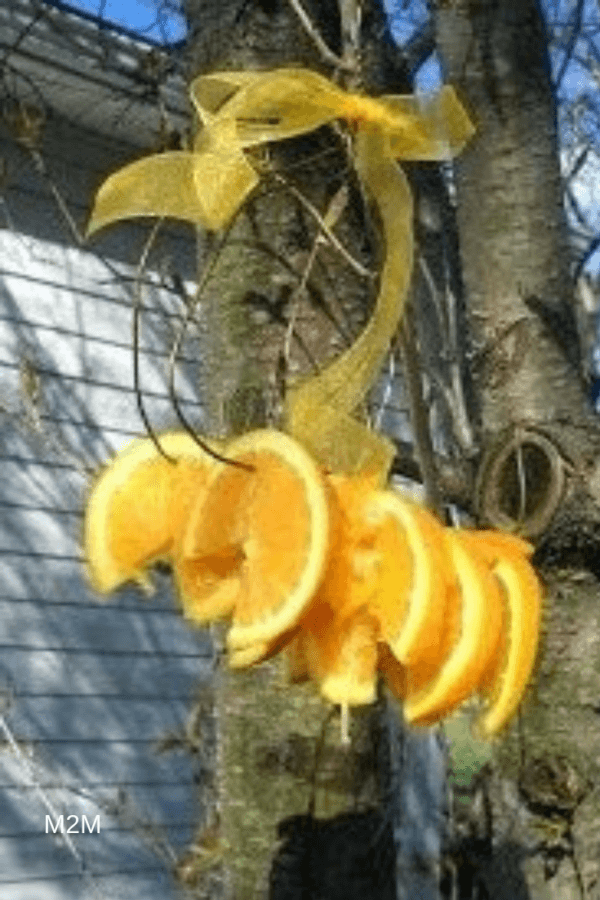
Last, tie on your ribbon and hang in a spot where you can bird watch. Orioles love the color orange, use an orange ribbon. Also, try placing the feeder where the bird can perch from another branch and reach the slices if you’re unable to get enough space between the slice. You can rearrange them once you hang the feeder if necessary. Refrigerate extra slices. Most importantly, slices should be checked every 2 – 3 days and changed if they dry out or start becoming moldy.
So, I’ll keep you posted on my endeavor to attract the Baltimore Oriole to my backyard. Last, check out my other posts on attracting backyard birds.
